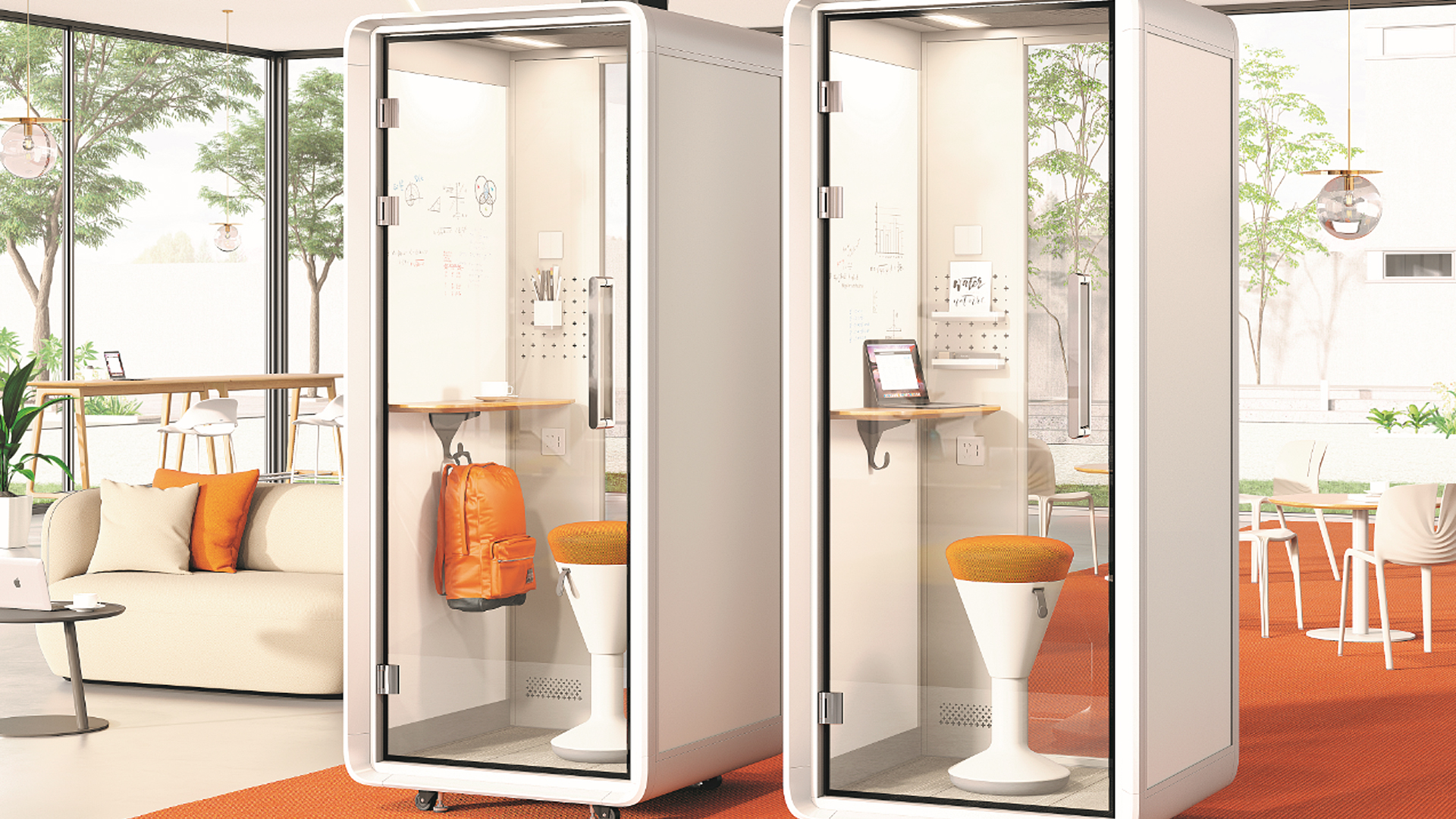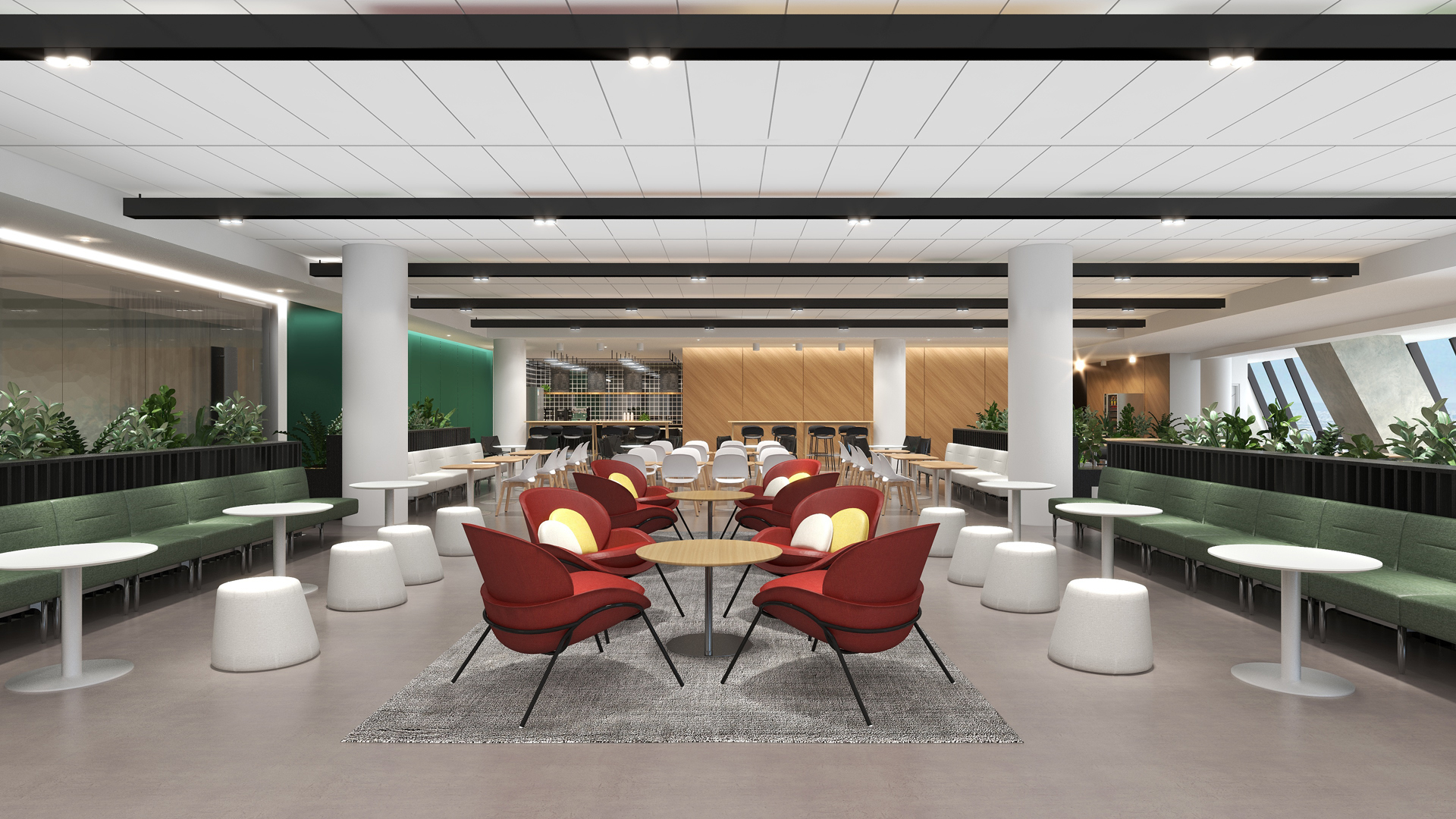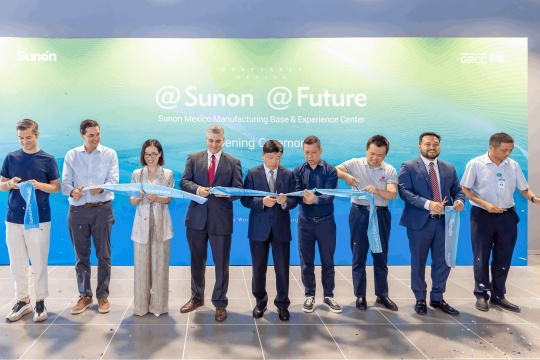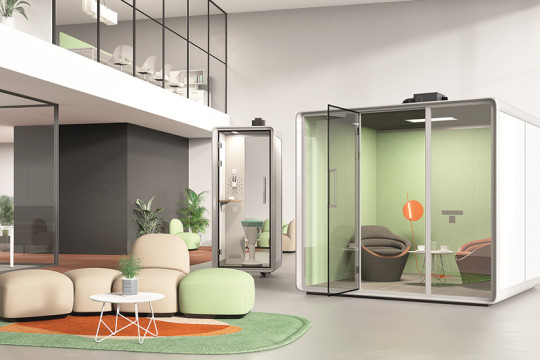6 Essential Spaces for an Activity-Based Hybrid Office
Companies seem to have a challenge making the workplace a more appealing place to work that accommodates a variety of activities as the possibility of hybrid working became the new standard. Activity-based working (ABW) may become one of the answers as businesses continue to strive to reconcile office and remote work. To establish an atmosphere that fosters creativity and productivity, meticulous preparation is required.
In a setting where office occupancy changes from day to day, ABW offers employees the freedom they've become accustomed to while assisting you in cost management. This style of workplace communicates to staff members that their employer understands the value of granting individuals the flexibility to decide how, when, and where they work.

Activity-based workspace: A truly agile human-centric office
An activity-based workplace varies from a typical office design in that it offers employees a wide variety of locations and resources to select from. Each region of activity has a certain function, whether it is for cooperation, focus, or relaxation. So, workers are actively encouraged to move between locations that best suit their working style and the jobs they accomplish, as in an agile office space, rather than having a designated workstation where they sit all day and work.
Employees who have the freedom to pick where they sit are more productive than those who don't because it gives them the ability to organize their days as they see fit. Employees become more deliberate about their actions and their motivations at work as a result of their increased autonomy. Stronger working connections and the opportunity for employees to interact with colleagues in other departments for greater information sharing are two benefits of being able to switch between different areas of responsibility. If you provide amenities for your employees, they'll be happier at work and more driven to complete their tasks. The flexible, multi-use of space encouraged by activity-based working can also aid in minimizing a company's total environmental impact.

How to create workspaces for activity-based working?
Determining what activity-based working is is one thing, but how does it really manifest itself in the workplace? According to the ABW theory, employees who are in an appropriate work environment will be more productive, hence each place must be properly planned to promote the necessary emotions. Regardless of their position or level of expertise, you must consider what your employees require in order to do their duties as effectively as possible.
This is a brief overview of 6 essential spaces you might discover in offices that have embraced ABW. We are also categorizing these spaces into 4 categories like social, collaboration, learning, and focus, based on the function of the space and the needs of the workers.
Huddle spaces/ Project rooms (collaboration/ learning)
Any activity-based office needs meeting rooms or huddle spaces. Huddle rooms, designed for few people, give workers a place to collaborate during unscheduled meetings. Project rooms are meeting spaces with strict noise restrictions that are often used for smaller groups of people. They often come equipped with features like a shared workspace, a whiteboard, LCD screen(s), and video conferencing tech for hybrid meetings.
Phone booths/Pods (focus)
Why not provide workers a modest, private, quiet area in a busy office that is intended for concentration? Smaller than focus rooms, sound-proofed phone booths or solo pods often hold no more than two persons at once. Private spaces are available for anybody who needs them, whether it be for private phone conversations, virtual meetings, one-on-one meetings, or intense and concentrated work.

Stairs (social)
In terms of working style, stairs might be a novel approach to switch things up. Stairs are used as a hub for social interaction and collaboration space in contemporary workplace designs. People from many departments may interact on stairs, which promotes activity-based working.
Library (learning/focus)
The library is a representation of solitude and concentrated work. Libraries are no different in workplace design. It's the place to focus without worrying about being disturbed, just like a real library. The atmosphere of a library is ideal for escaping the commotion and provides introverts with a break from the bustling working environment. The library is an excellent spot to get away from the noise of an open workplace since it is a more public option to the one-person pod.
Cafeteria and Lounge (social)
The café and lounge areas are multifunctional facilities that may be used for both engagement and relaxation. As people frequent them to get snacks or refill their water bottles, the café area may be an excellent place for socializing. They're about connections, and sharing a meal together is still a potent technique to improve co-worker bonds. Also, the presence of food, drinks, and cozy chairs contributes to the ambiance that blurs the boundary between socializing and work. The sofas and coffee tables are ideal spaces for spontaneous gatherings, quick collaboration, and the exchange of ideas.

Open shared workspaces (collaboration)
This area will emphasize teamwork more and promote interactions, much like the social zones. Activity-based workplaces are characterized by their communal workstations and open floor patterns. Workstations for employees are now dispersed around public areas, and desks are used by several workers during the day. Employees who are entirely untethered from a desk and seated in free-address seating arrangements have even more mobility and can switch to a different workstation as needed on a daily, hourly, or task basis.


